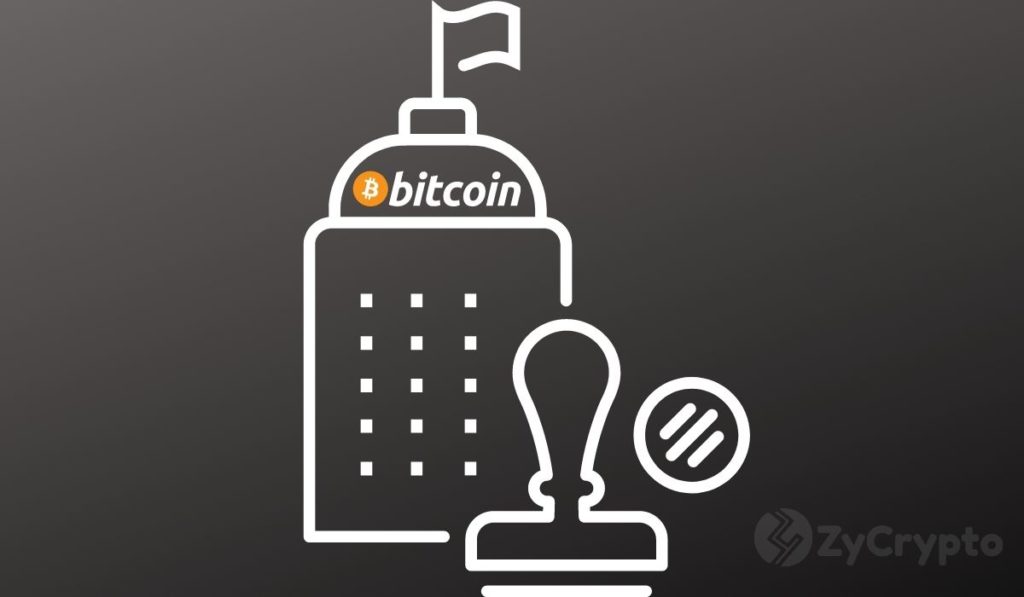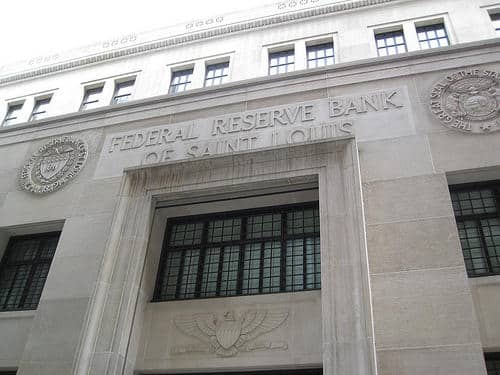2020-3-5 01:46 |
Anthony Pompliano has dismissed the “ETH is money” narrative, arguing Bitcoin, and not Ethereum, is sound money. Is this a fair assessment?
Pompliano Dismisses “ETH is Money”In his latest edition of Off The Chain, Morgan Creek Digital co-founder Anthony Pompliano has disputed the idea that Ethereum is sound money. The well-known crypto advocate argued that the idea that Ether might be set to become the base unit of account, store of value, and medium of exchange in DeFi is “fundamentally flawed.”
Pompliano’s argument was cautious and welcoming of feedback from anyone who disagreed with his stance. Yet the piece, “ETH Is No Different Than A Fiat Currency” laid out some fundamental reasons why he believes Ether’s credentials as sound money are disputable.
Characteristics That Make Ether Like FiatPompliano argued that “Ether is no different than a fiat currency.” He described fiat currencies as being characterized by lacking a fixed supply, having inflationary supply schedules, and having monetary policy determined by a small group of individuals. To Pomp, those characteristics are shared by Ether.
He alluded to Ethereum’s monetary policy, sayings its “best described as ‘minimum issuance to secure the network.'” The network avoided applying a fixed supply model because doing so might be arbitrary, and because “a fixed supply would also require a fixed security budget for the Ethereum network.”
Most specifically, Pompliano’s concern with Ether as sound money was the potential for the centralization of decision-making in relation to its issuance policy. Per EthHub, the Ethereum issuance policy, which governs the rate of inflation of Ether supply, outlines how issuance decisions get made and by whom:
“Ethereum’s minimum necessary issuance policy is enforced by a wide range of stakeholders within the ecosystem – including:
DevelopersCommunity membersEcosystem spokes/projectsMiners and other network participantsAs Ethereum is a decentralized network, the Monetary Policy cannot be successfully modified unless there is overwhelming consensus from the aforementioned stakeholders. Ethereum follows an off-chain governance process meaning that any and all decisions on changes to the network happen extra-protocol.”
The Presence of Human Decision-MakersEthereum does not, unlike Bitcoin, have a coded algorithmic reduction in its issuance rate. Issuance rate decisions are collectively made by members of Ethereum’s community. While there is the potential for collusion and excessive levels of power being exercised by too few people, the decision-makers are vast in number.
Pompliano’s argument that the Ethereum network can be characterized as one on which “monetary policy decisions that are decided by a small group of individuals” is quite contentious. In a February Medium post, ShapeShift’s head of R&D, Kent Barton contended:
“Ethereum’s node count appears to be sufficiently high to avoid network attacks… The Ethereum ecosystem is vast and diverse. Miners, investors, DApp developers, large corporations, scrappy startups, ConsenSys, the EF, and of course end users all have varying goals and values. No single group or individual can run roughshod over all others. This panoply of interests has only increased over time as more developers and DApps join the ecosystem.”
How Sound Does Sound Money Need to Be?If Ether does not meet the levels of central control that concern Pompliano, his problem is that human decision makers are involved at all. The network does not have a coded maximum supply cap nor a coded issuance policy. His is a belief in avoiding “new issuance in a non-programmatic way.”
While conceding that Bitcoin’s monetary policy could be altered through the consensus of a majority of stakeholders, he identifies the fact that that has never happened as testament to how unlikely it is to happen in the future.
Bitcoin has properties that may be likened to those of gold. Indeed, Grayscale’s Drop Gold campaign referred explicitly to the narrative of Bitcoin as digital gold. The Gold Standard is often described as a hard money system because the fiat currency issued within it is backed by a commodity with a maximum (known or unknown) supply.
The problem with relying on hard money-like characteristics to declare a currency sound is that a number of altcoins with dubious security credentials or demonstrated store of value properties can be included in the same category. Fixed supply caps may be necessary, but they are not sufficient to meet “sound money” standards.
Furthermore, not imposing a fixed maximum supply or annual issuance rate on Ether has a number of benefits. It affords the network the flexibility to ensure its security in light of circumstances that may change and may have not been foreseeable when it was created.
It also ensures that the network has the capacity to incentivize participants appropriately over time. Bitcoin’s forthcoming halving of block rewards has raised the specter of the potential for miners to discontinue processing transactions if the price of BTC falls to a level where doing so is economically unfeasible.
According to Pompliano, with a coded hard cap on supply, much like gold’s physical one, “decentralized finance services will eventually be built around truly sound money (Bitcoin).” That may be true. But a steadfast belief that Bitcoin-like properties are necessary for a cryptocurrency to represent sound money risks under-appreciating the positive elements of projects like Ethereum.
The post Is Ethereum Sound Money Like Bitcoin? appeared first on Crypto Briefing.
origin »Money ($$$) íà Currencies.ru
|
|






















